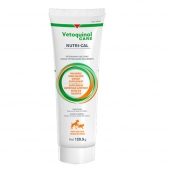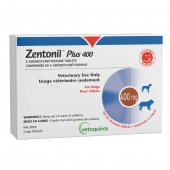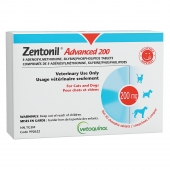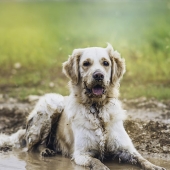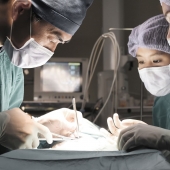Everyone sneezes and it is normal for your cat to sneeze. However, sometimes the sneezing becomes severe and a visit to the veterinarian is warranted.
FRDC, what is it?
Feline respiratory disease complex (FRDC) refers to a combination of clinical signs in cats that include: nasal discharge (runny nose), conjunctivitis (red, runny eyes), sneezing and stomatitis (ulcers in the mouth and on the tongue). In a more serious version of the disease, lethargy, fever and loss of appetite may be seen. Occasionally, a cat may be presented for lameness (limping).
How do cats get it?
In the majority of cases, this disease is caused by infectious agents. These agents are highly contagious and are transmitted when cats are in close contact with each other. While the disease can be transmitted via aerosol (particles that travel through the air after cats sneeze), more commonly, it is transmitted by direct contact with infected cats, or the presence of the infectious agent in the environment. Viruses can easily be transmitted on clothing, particularly if they are present on hair picked up by caretaker’s clothing.
Furthermore, environmental factors such as overcrowding, presence of other diseases, stress, and poor sanitation increase the transmission of disease. For these reasons, this disease complex represents a major problem in cat shelters and catteries.
How is it diagnosed?
In most cases the disease is diagnosed based on symptoms any cat who presents with sudden nasal discharge and runny eyes and who has been in contact with other cats should be suspected to have feline respiratory disease Additional tests may be done by your veterinarian if the signs persist for greater than a month, lower respiratory signs are present (coughing, difficulty breathing) or if there is an outbreak in a shelter or cattery.
When should you see a veterinarian?
If your cat has not eaten for more than a day, has a fever or is very lethargic, you should consult a veterinarian. Most cats can rid the infection on their own and treatment is largely supportive care including hydration and nutrition.
However, cats will often refuse to eat because they are unable to smell their food due to nasal congestion or pain associated with ulcers in their mouths. Offering canned, highly palatable food will help and appetite stimulants may be given. If a bacterial infection is suspected your veterinarian may prescribe antibiotics.
Viruses will not respond to antibiotic therapy and antivirals such as lysine and interferon may be given. Antivirals are unlikely to cure the infection, but may lessen clinical signs.
How can you prevent it?
Although it is impossible to eliminate feline respiratory disease, prevention is key to reducing the number of cats infected and the severity of the infection.
It is recommended to vaccinate following the recommended protocol.
Stress plays a major role in the appearance of reappearance of clinical signs of this disease. When introducing a new cat into a household, to make it less stressful, ensure that the cat has space of its own including hiding spots, is introduced gradually to other animals in the household and has easy access to food, litter and water. Pheromone diffusers and products such as Zylkene® can also be used to try to minimize stress.
Sanitation is also extremely important and careful cleaning of the environment that an infected cat has been in is essential.
Will it come back?
Unfortunately, a lot of cats with this disease complex will remain carriers (have no clinical signs but continue to spread the infection) and may have repeated episodes of disease, especially during periods of stress. The methods mentioned above for prevention should reduce the severity and frequency of these episodes.

